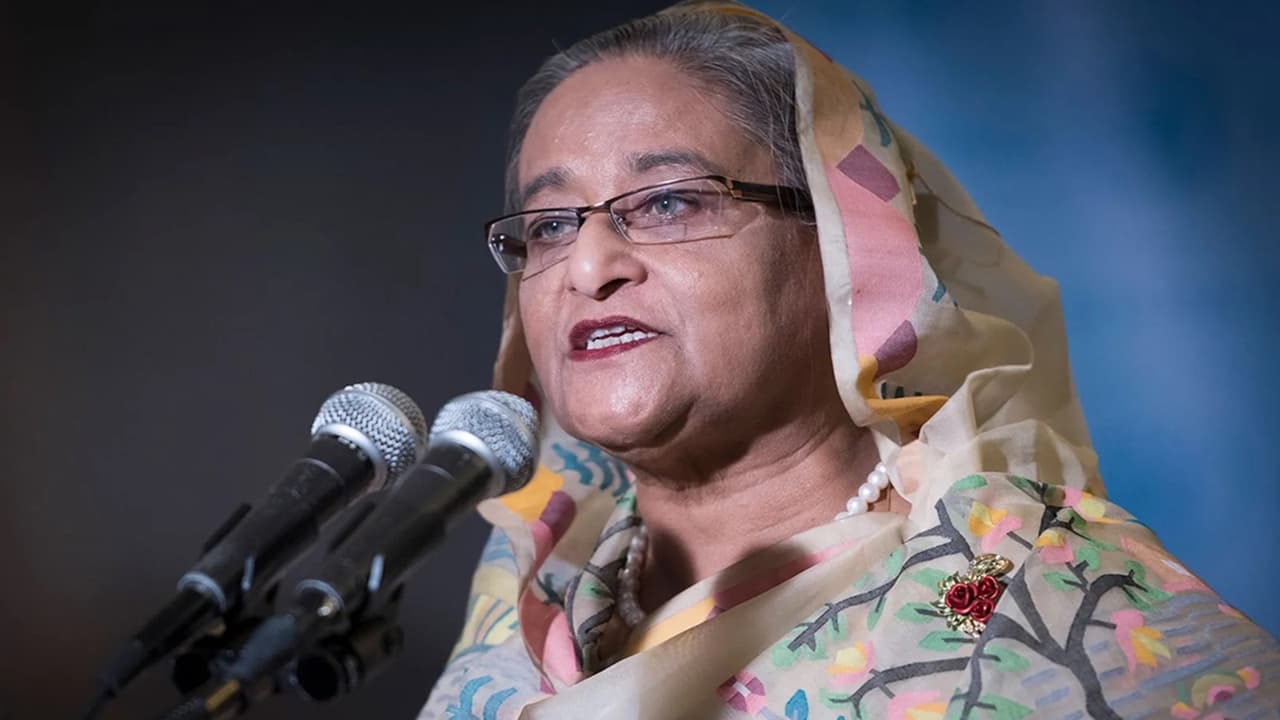Sheikh Hasina Verdict News: International tribunal finds Sheikh Hasina and two of her associates guilty of violence over 2024 student protests. Regarding this decision, there is heavy deployment of security forces in Dhaka and a two-day shutdown has been imposed.
Sheikh Hasina Case Latest News: The International Crimes Tribunal (ICT-BD) has found former Bangladesh Prime Minister Sheikh Hasina and two of her associates guilty of violent action on student protests in 2024. He has been given death sentence. Due to this decision, Dhaka has completely turned into a fort. Army, police and paramilitary forces are deployed across the city. ICT Chief Justice says Sheikh Hasina took no steps to stop the violence while keeping the Home Minister and Police Chief in complete control. He said that Hasina, the former home minister and the former police chief together gave orders to attack and suppress the protesters.
5 main allegations against Sheikh Hasina
1. Inciting violence and killing students
According to ICT, Sheikh Hasina gave direct orders to suppress the student protests. The July 2024 student movement resulted in the death of about 100 students and thousands of injuries. It was reported in the court that Hasina had said that if the grandsons of liberation warriors did not get jobs, then why should the grandsons of Razakars get jobs. This led to a section being singled out as the enemy. Furthermore, in a telephonic conversation he talked about hanging the Razakars. Following his instructions, the student organization Chhatra League carried out a systematic attack on the protesters, injuring 297 students.
2. Telephonic orders and arrests
Sheikh Hasina instructed the then Vice-Chancellor of Dhaka University, Masud Kamal, to hang and arrest the students. Additionally, he ordered law-enforcement agencies to kill protesters. Following these orders, the police targeted the protesters using helicopters and drones. It resulted in 1,400 deaths and 2,500 injuries.
3. March to Dhaka
The protesters organized a ‘March to Dhaka’. The Home Minister and the police took armed action to stop this march. During this period six innocent protesters were killed. ICT found that the Prime Minister had full information about these murders, yet he did not take any concrete steps to prevent them.
4. Use of technical means
Sheikh Hasina used helicopters, drones and other lethal weapons to suppress the protesters. Their conversations through pendrive were presented as evidence in the court. It also became clear in the conversation that international agencies told Hasina that it was a ‘terrorist attack’ and she instructed the concerned officials to maintain the same statement.
5. Human rights violations
The ICT found that protesters’ human rights were seriously violated. Protestors were killed, peaceful demonstrations were suppressed and firing caused indiscriminate casualties. Additional killings occurred during the March to Dhaka and many people did not receive justice.
Latest situation in Dhaka
There is silence in the city this morning. There is heavy police and army deployment in the city after arson and bomb blasts overnight. Security has been beefed up around the ICT-BD complex, the Secretariat, the Supreme Court and the Prime Minister’s Office. Rapid Action Battalion (RAB) and police are on patrol. Armored vehicles and water cannons are deployed.
Read this also- Death penalty for Sheikh Hasina? Worry about this thing is troubling my son
Read this also- Something big is going to happen in Bangladesh… Mohammad Yunus surrounded in 3 Chakravyuhs!
